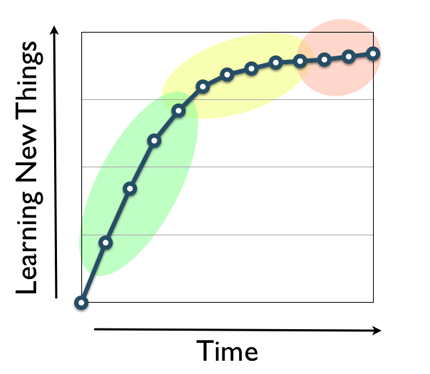Now Reading: Identifying Your Ideal Work Environment
-
01
Identifying Your Ideal Work Environment
Identifying Your Ideal Work Environment

Quick Summary
- The concept of “work zones” is introduced, categorized into green zone, yellow zone, and red zone:
– Green Zone: High learning opportunities due to new challenges.
– Yellow Zone: Reduced learning rate; can be temporary or lead back to the green zone with new responsibilities.
– Red Zone: Marked by stagnation, lack of personal growth or challenges; prolonged time here diminishes ability to take on complex tasks.
- Advice given for evaluating when it might potentially be time for a career change:
– Leaving a job prematurely in the green zone is discouraged as growth continues despite challenges.
– In the yellow zone, consideration should include discussing future opportunities with employers and possibly leveraging educational benefits like tuition reimbursement for self-improvement.
– Prolonged stay in the red zone signals it may be necessary to seek choice employment for continued progress.
Indian Opinion Analysis
The outlined framework for assessing work zones resonates universally but holds particular relevance in India’s evolving labor market. Rapid technological advancements and changing workplace dynamics require professionals to remain adaptable while seeking opportunities that offer continual growth. For many Indians, especially those navigating corporate environments or burgeoning industries such as IT or entrepreneurship, staying in stagnated roles (red zones) could hinder both individual development and broader industry innovation.
Employers might also benefit from fostering transitions back into green zones through structured training programs or offering diverse responsibilities that align with organizational goals while challenging employees intellectually.
This insight highlights an opportunity for India’s workforce to prioritize upskilling strategies, supported by clear employer-employee dialog regarding future trajectories. It aligns well with india’s push toward professional development and competitiveness at global levels.

























